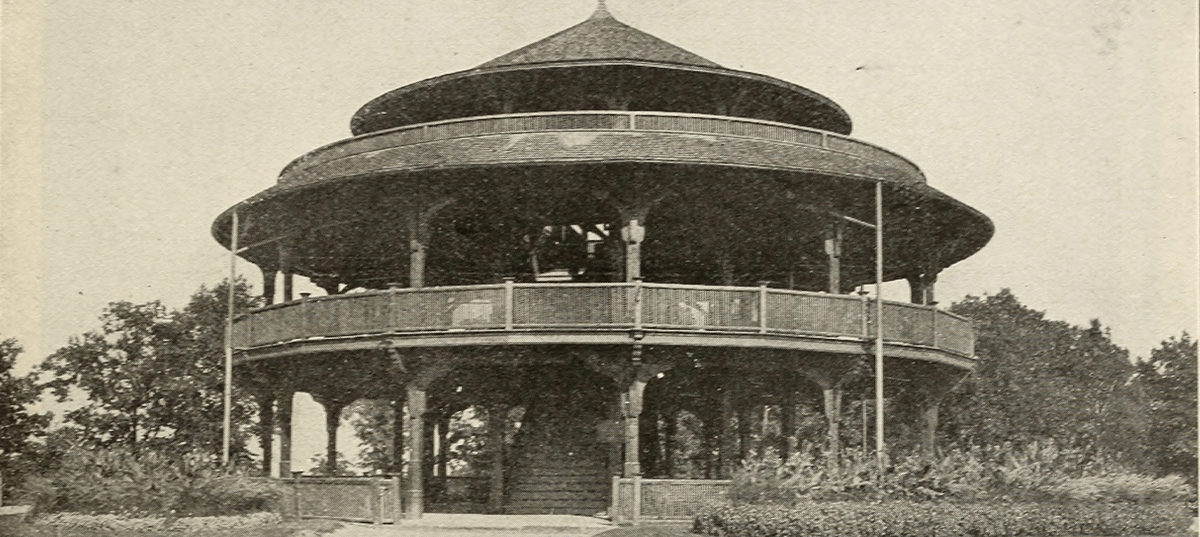Fun Historical Facts About Highland Park

Image Credit: Wikimedia Commons
August 2022
Born Out of a Nursery
In 1888, Mount Hope Nurseries was considered the largest nursery in the world at 650 acres. That same year, the owners, George Ellwanger and Patrick Barry donated 20 acres of their land to the City of Rochester for the beginning of a public parks system. Additional land was added over time and what became Highland Park now covers 150 acres.
The Superstar Architect
The land gift specified that the city hire a landscape engineer to develop the park and that it include a first-class arboretum (collection of trees). On the advice of the Buffalo Parks Commission, the city hired landscape architect Frederick Law Olmsted, who also designed New York City’s Central Park, the grounds of the U.S. Capital, the White House grounds, and the Biltmore estate. He has been widely credited with establishing the idea of a park as a common green space for everyone to enjoy.
Johnny Lilacseed
In 1892, horticulturist John Dunbar, later known as Johnny Lilacseed, started the park’s famous lilac collection with 20 varieties. People began gathering in the park every year when the Lilacs bloomed and in 1898 the first Lilac Festival was held. The park is now home to over 1,200 lilacs encompassing 500 varieties.
A Lawyer’s Castle
One of the parks unique features is Warner Castle, which is an actual castle. It was built in 1854 by local lawyer Horatio Gates Warner as his primary residence. The City of Rochester purchased the home in 1951 and made it part of the park. If you love digging deep into history, the University of Rochester’s River Campus Library has an extensive collection of Warner’s papers including everything from the original architectural drawings to his cancelled checks.
The Children’s Pavillion
The park originally featured a three-story, circular pavilion at its highest point (photo above). Olmsted included the pavilion to provide visitors with panoramic views of the park, the city skyline against Lake Ontario to the north, and the distant Bristol Hills to the south. By 1963, the pavilion deteriorated to a point where it had to be demolished. This year, however, the city announced that the pavilion would be rebuilt, with construction beginning in the fall of 2022 and completion expected in 2023.
Sources: The Highland Park Conservancy, Wikipedia, RocWiki, Monroe County, and UR River Campus Library
